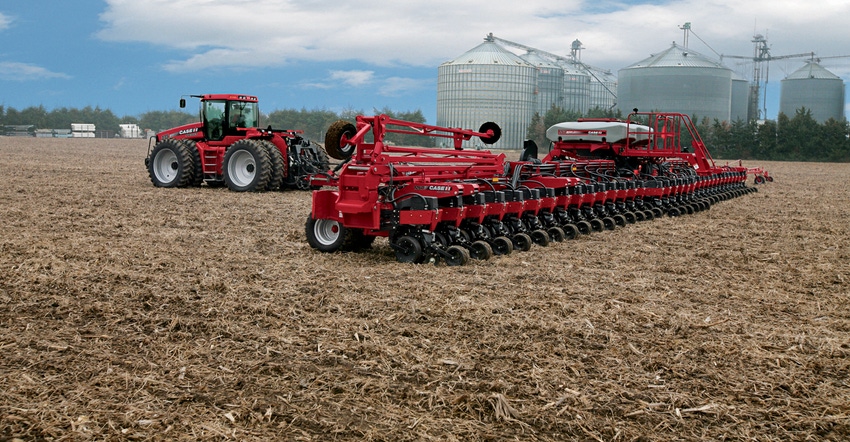May 25, 2017

Many economists expect the Federal Reserve to continue to tighten down the U.S. money supply growth in 2017, and as a result, short-term interest rates will rise. Very few economists are predicting a farming free-fall comparable to the 1930s or 1980s. However, most farmers should expect some tough sledding ahead, especially those operations that are undercapitalized. The outlook appears not to be a full-blown “farm crisis” impacting all farms, but more of a “liquidity crisis” affecting a small but growing percentage of farms.
The U.S. economy and expansion of global trade face a lot of uncertainty. Profit margins are tight, especially for row crop operations. Interest rates are expected to rise slowly over the next few years. Higher rates will increase a farm operation’s cost of production. Farm operating loans that are around 4% could increase to around 7% by 2020. Just as the low interest rates and weather concerns helped fuel the agricultural boom a few years ago, expect higher rates will be a part of the farm cash-flow challenges ahead.
These higher interest rates are hitting farmers just when they are seeing lower corn and soybean cash prices. Farm operations should prepare to pay more money to finance debt. We can expect this ag economic downturn and higher interest rates to be much harder on farmers who might not have large amounts of equity in fixed assets. Also, it will hit harder the farming operations that expanded rapidly using borrowed funds and cash-rent the majority of their land without the support from livestock or other sources of nonfarm income.
Weathering tighter profit margins
Fortunately, farmers and their lenders had a couple years to prepare for higher short-term interest rates. Most farming operations are well positioned to weather this period of tighter profit margins. Record corn and soybean yields in both 2015 and 2016, along with much improved livestock prices in 2017, have helped.
Working capital constraints for some operations already meant their lenders worked with them to re-amortize loans. This likely included fixing longer-term interest rates on debt before the recent rise.
For farms that still have working capital or liquidity problems, expect more scrutiny on additional loan requests. This might mean providing updated cash flow information, midyear inventory inspections, required crop marketing plans (both old and new crop), and credit monitoring for use of other credit sources, including retail suppliers and credit cards.
Managing short-term interest rates only provides a short-term win for most farm borrowers. However, managing long-term interest rates will likely provide for a meaningful long-term win. Remember, the current farm financial situation is mostly about cash flow and liquidity, not solvency.
Farmers should review their balance sheet structure with a lender who understands how to assess their working capital needs and the proper structure of their intermediate and long-term debt. Be proactive in rebalancing debt to provide adequate working capital and viable long-term debt structure to match fixed assets. This should allow farmers to use longer-term fixed interest rates for term debt without overextending themselves and limit the use of short-term debt at higher interest rates.
Johnson is an Iowa State University Extension farm management specialist who can be reached at [email protected].
About the Author(s)
You May Also Like






